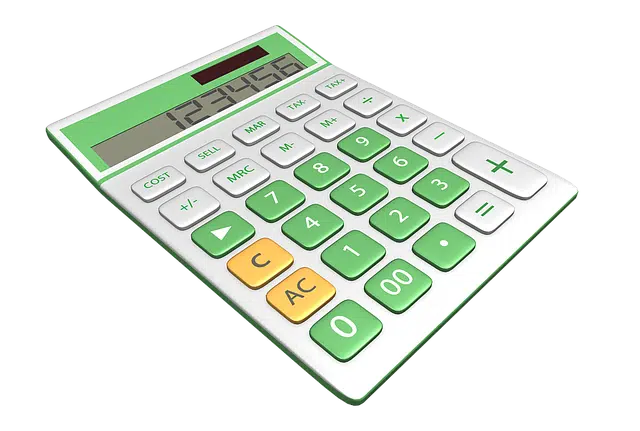
Proration consists of distributing something according to appropriate proportions.
Prorating consists of distributing an amount among various individuals, according to the proportion that corresponds to each one. Proration, therefore, is the proportional distribution of something into numerous parts.
For example: “The apportionment of the profits derived from the sale was carried out incorrectly” , “The fairest thing is for the authorities to establish the apportionment of subway expenses among the citizens of the neighborhoods that have stations” , “The “Proration reflects an annual cost of 105,000 pesos for a decade.”
How the proration is done
Proration, in short, consists of dividing something proportionally . Suppose that an inheritance of $1,000,000 must be divided equally among 5 people . The proration indicates that each individual will receive $200,000 .
In a similar vein, a man who is purchasing a car priced at $500,000 asks the seller to prorate the value in monthly installments over two years. In this way, the agreed proration indicates that the buyer will pay just over $20,833 per month for the next two years until the car is paid off.
Proration generally consists of dividing a total into several installments. If a company decides to offer 20,000 shares for public sale and receives 60,000 requests , it must prorate the titles in some way. One option is to allocate a percentage of the action to each request. Another possibility is to establish a minimum for each request and finally prorate the rest of the shares proportionally to those who have requested more shares.

Sometimes proration requires complex calculations.
The concept applied to extraordinary payments
Within the workplace, there is what is known as proration of extraordinary payments. This is a term that is used to define a way of paying workers the money that corresponds to them for the extraordinary payments of June and Christmas respectively.
Thus, while in some companies, these two extraordinary payments are added to the twelve they have during the year, that is, they allow employees to receive 14 payments a year, in other companies it is not done that way. In these others, what is done is to take the two amounts corresponding to the extraordinary amounts and divide them into twelve in order to add them proportionally to each month's payments.
The proration calculation
In order to carry out the calculation of payrolls with proration, it is necessary for professionals in the corresponding business area to take into account aspects such as the type of accrual or what the employee's base salary is.
Those who defend the proration of extraordinary payments do so based on the fact that it is a way to have a somewhat higher monthly payroll, which is appreciated to cover all types of expenses.
However, there are those who are not in favor of prorating because they prefer to find themselves with two extraordinary payments on those two dates, June and Christmas, when they need money the most: in one case to enjoy the summer vacations and in the other to make in front of Christmas gifts.
